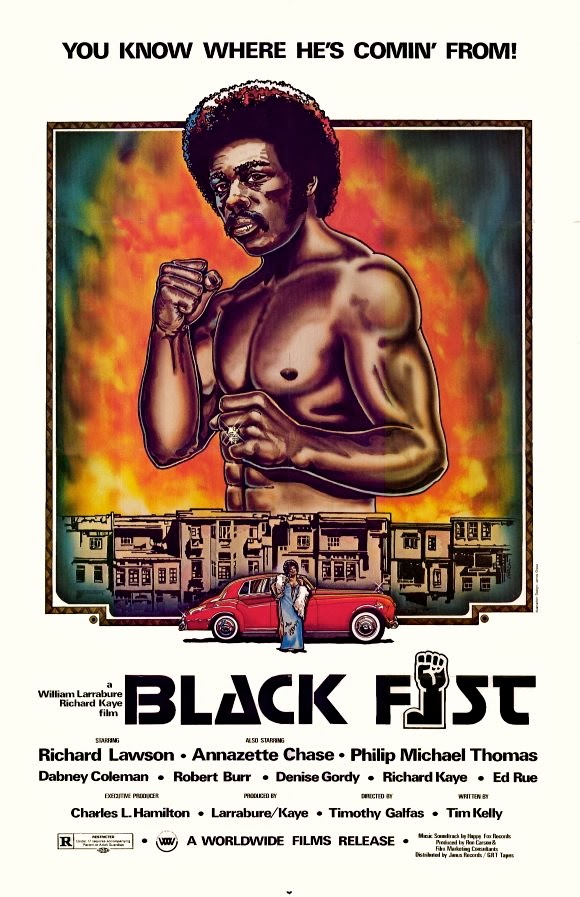The easygoing entertainers comprising the Rat
Pack appeared in lighthearted movies throughout the ’60s, whether separately or
together—with the most notable Rat Pack flick being the original Ocean’s Eleven (1960), which features
the whole gang. Among the lesser examples of Rat Pack cinema is a pair of
frothy comedies costarring energetic showman Sammy Davis Jr. and suave British
actor Peter Lawford. The first of these pictures, Salt and Pepper (1968), introduced fun-loving London nightclub
operators Charles Salt (Sammy Davis Jr.) and Christopher Pepper (Lawford). Directed
by future superstar Richard Donner, Salt
and Pepper did well enough to warrant a sequel, One More Time, which probably should’ve been titled One Time Too Many. Whatever charm was
present in the original film is absent from the sequel, which compensates for
the absence of a real story by bludgeoning viewers with outlandish situations
and unfunny jokes. Davis works hard to sell physical-comedy shtick and Lawford
delivers urbane charm, but the whole enterprise is so drab, pointless, and
silly that star power isn’t reason enough to watch. Plus, because One More Time was directed by comedy
legend Jerry Lewis as a particularly fallow point in his creative life, the
movie’s gags feel tired even before Lewis milks the gags with irritating
embellishments and repetition. For instance, Salt dresses up in a Little Lord
Fauntleroy costume and fills his nostrils with snuff—then goes through what
seems like an eternity of facial contortions before sneezing so powerfully he
knocks over everyone in a crowded ballroom. This is Lewis’ comedy at its worst,
simultaneously infantile and overwrought. As for the movie’s narrative, One More Time is nominally about Pepper
investigating the murder of his twin brother, but it also concerns diamond
smuggling, mistaken identity, and other random nonsense. (How random? At one
point, Salt enters a hidden chamber in a castle, only to discover a mad-scientist
laboratory occupied by Dracula and Dr. Frankenstein, played in cameos by Hammer
Films stars Christopher Lee and Peter Cushing.) Lewis periodically stops the
movie cold so Davis can perform musical numbers, and the director goes for
cheap laughs with a fourth-wall-breaking gag at the end. In sum, One More Time isn’t worth your time—unless
you’re a hardcore fan of the leading players.
One
More Time: LAME















